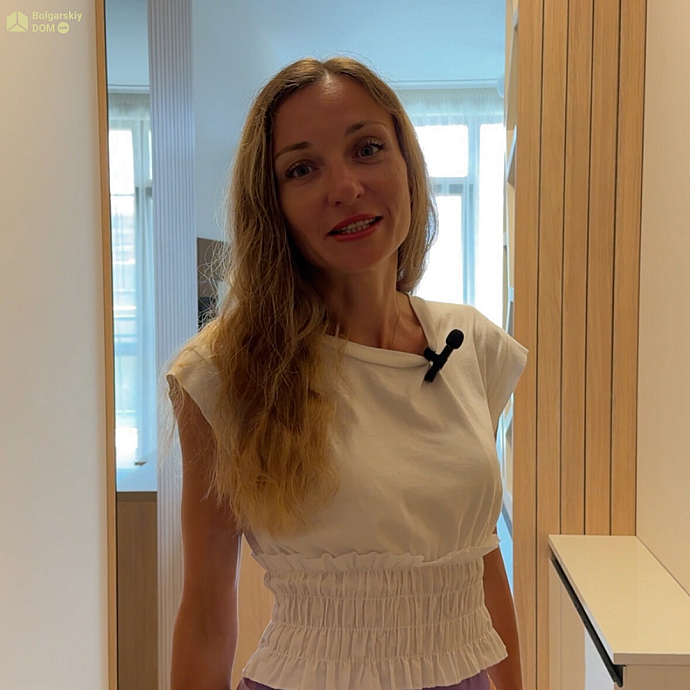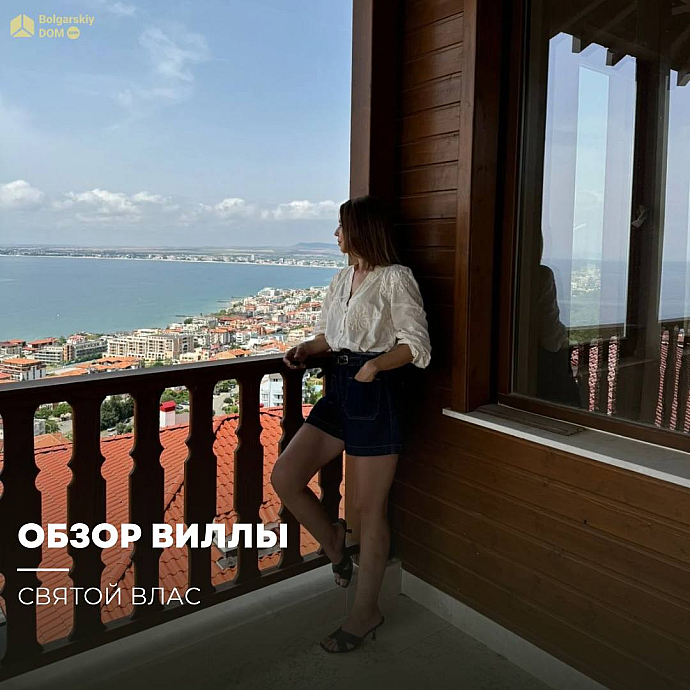The Rila Lakes in Bulgaria are one of the country's most stunning natural attractions, located in the northwestern part of the Rila Mountains. This incredibly beautiful spot is popular both among locals and numerous visitors. Only by visiting this place in person can one truly appreciate the beauty of the local landscapes.
Each of the lakes has a unique shape, its own name, and distinct features. A visit to the Seven Rila Lakes will provide you with unforgettable experiences of pristine beauty and the chance to take truly incredible photos as keepsakes.
- 01
- 02
- 03
- 04
- 05
- 06
- 07
- 08
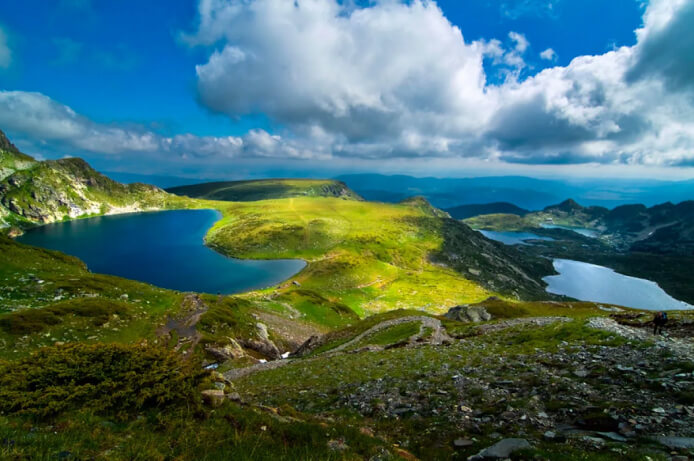
Many tourists speak with admiration about this place, with some even considering it the most memorable part of their trip to Bulgaria. What makes the Rila Lakes so captivating and enchanting? Let’s find out!
Characteristics of the Rila Lakes
Each lake is located at a significant distance from the others. From the summit of a mountain called the Peak of the Lakes, you can see all seven lakes at once.
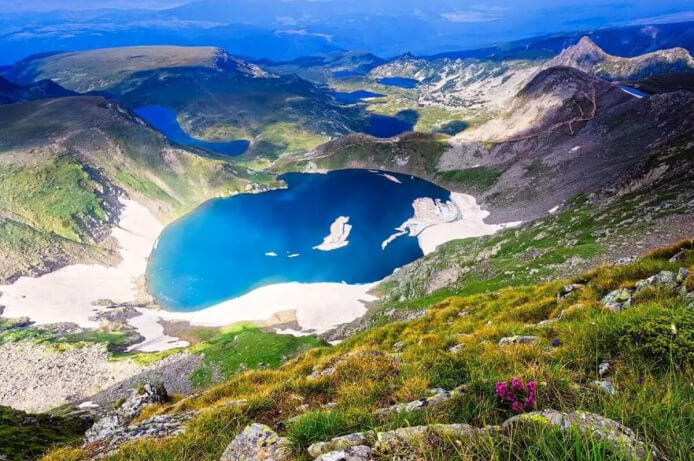
Arranged sequentially from the lowest to the highest, the lakes are: Lower Lake, Fish Lake, Trefoil Lake, Twin Lake, Kidney Lake, Eye Lake, and Tear Lake.
The lakes are connected by small streams. You may encounter fish in these waters, but their variety is limited due to the freezing temperatures.
The Seven Lakes in the Rila Mountains are one of the most popular and beautiful spots in Bulgaria. A trail passes through all the lakes. Beyond the Seven Rila Lakes, there are beautiful Urdi Lakes.
«Lower Lake»
Located lower than the others. In spring, when the snow melts, streams from the higher lakes flow into it. The Lower Lake covers about six hectares and reaches a depth of ten meters.
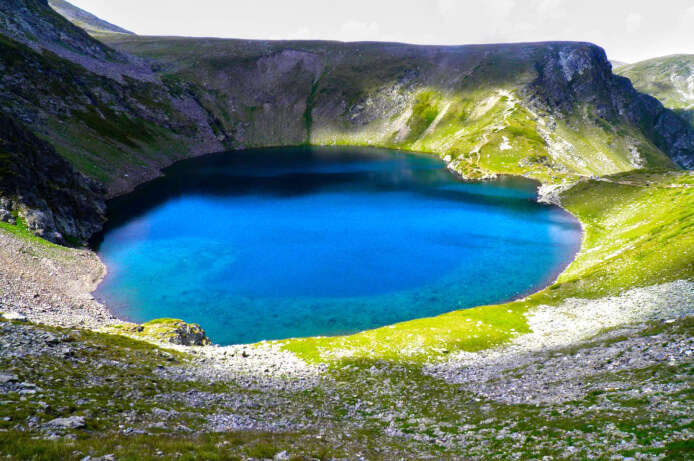
«Fish Lake»
The smallest of the Rila Lakes. This lake is known for its abundant fish, which is why it received its name.
Near Fish Lake is a small guesthouse, "Hut Seven Lakes," offering breathtaking natural panoramas.
The White Brotherhood (a religious movement of Peter Dunov’s followers) celebrates the New Year on August 19. Consequently, over two thousand believers stay in the Rila Lakes area for one or two days. The central part of the movement is near Fish Lake, so if necessary, try to avoid this area during this time.
«Trefoil Lake»
Unique for its unusual shape. It is also one of the shallowest lakes in the Rila Mountains. The lake is surrounded by picturesque meadows, covered in a dense green carpet with pleasant floral scents during the warm season.

«Twin Lake»
The fourth lake and the largest by area. Its shape resembles an hourglass, narrowing towards the middle. Occasionally, the water in the connecting channel dries up, dividing the lake into two small mirror-like bodies of water, which is how it got its name.
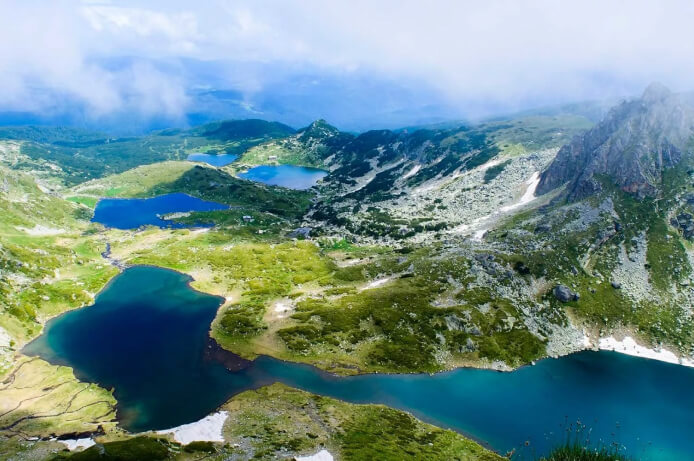
«Kidney Lake»
Located next in height, Kidney Lake has steep, rocky shores. It reaches a depth of up to 28 meters and covers 8.5 hectares. Due to the steep shores, getting close to it is challenging.

«Eye Lake»
Slightly higher, this alpine lake (also known as the "Oko") covers more than 6 hectares. It is the deepest of the seven lakes, with a depth of up to 38 meters. The waters of the Eye Lake attract with their unique blue color and mesmerizing scenery.
«Tear Lake»
At the highest point, over 2.5 km above sea level, lies Tear Lake - the most beautiful and clearest of the seven lakes. In favorable weather, the water is so transparent that you can even see the lake's bottom.

Tips and Tricks
You can visit these lakes at any time of year, each offering unique mountain and lake landscapes. However, be prepared for typical weather conditions and temperature fluctuations.
Even in summer, the mountains can be cool. We recommend bringing some autumn clothing. The higher you go, the cooler the air and the more changeable the weather.
In July and August, there are the most tourists, including locals. Be prepared for long queues at the lift.
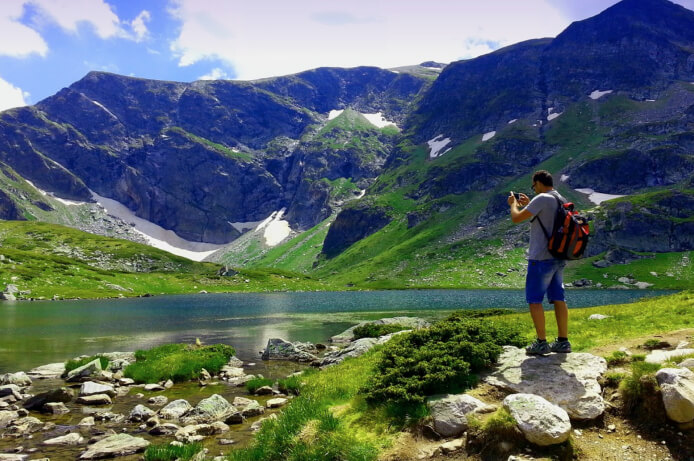
In September and October, you can still manage with warm autumn clothing. From November, cold winds intensify, so it’s better to dress warmly (a hat may come in handy). However, it is in winter that each of the lakes looks most enchanting against the backdrop of snow-covered mountains.
To navigate the rough, rocky terrain with steep slopes, we recommend wearing suitable footwear.
The lakes are spaced apart. If you plan to see each one, you will need at least five hours. So it’s better to start your ascent as early as possible.
Nearby the Rila Lakes is the cozy town of Sapareva Banya, located near the mountains and close to the lift. The mineral resort is known for its high geyser, and most hotels include mineral water pools. After visiting the Rila attractions, relaxing in such a pool is a real pleasure.
How to Ascend
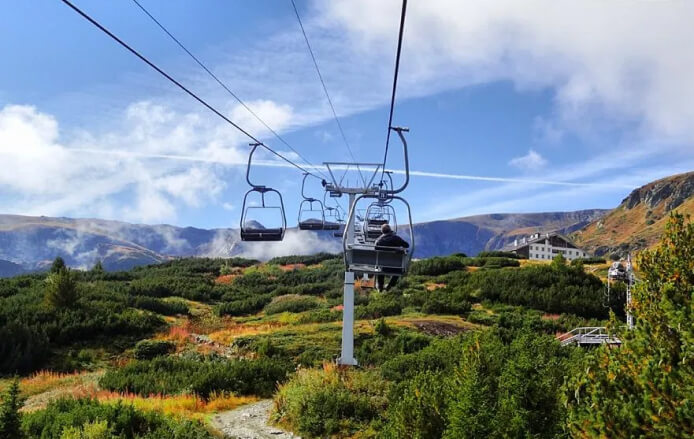
The lift operates from 9 AM to 4:30 PM.
Every Monday, the lift starts its operation at 12 PM due to maintenance checks. If you plan to return by the lift as well, make sure to be at the final lift station no later than 4 PM.
| Lift Fare | ||
| Age | One Way | Round Trip |
| Child | 8 BGN (4 EUR) | 12 BGN (6 EUR) |
| Adult | 10 BGN (5 EUR) | 18 BGN (9 EUR) |
| Pensioners | 8 BGN (4 EUR) | 12 BGN (6 EUR) |
Another option to reach the summit of the Rila Mountains is by horseback. Yes, it's not a joke; you can rent a horse near the lift and ride it up.
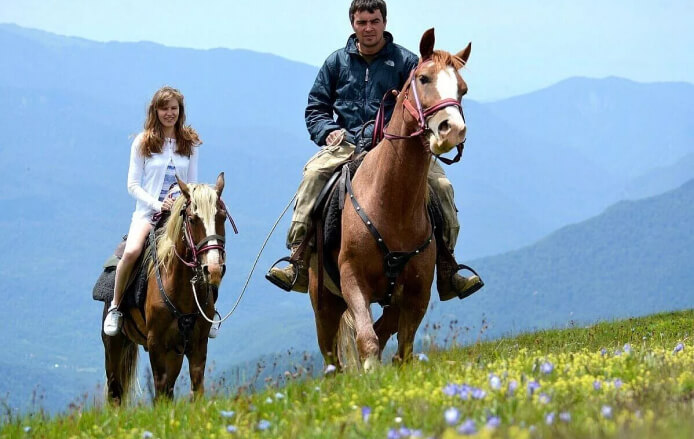
The Seven Rila Lakes are located 80 kilometers south of Sofia. It’s quite a distance from Bulgaria’s seaside resorts but entirely feasible.
The simplest and most convenient option is to rent a car.
The Rila Lakes on the Map:
How to Get from Sveti Vlas?
The journey from Sveti Vlas takes about six hours.
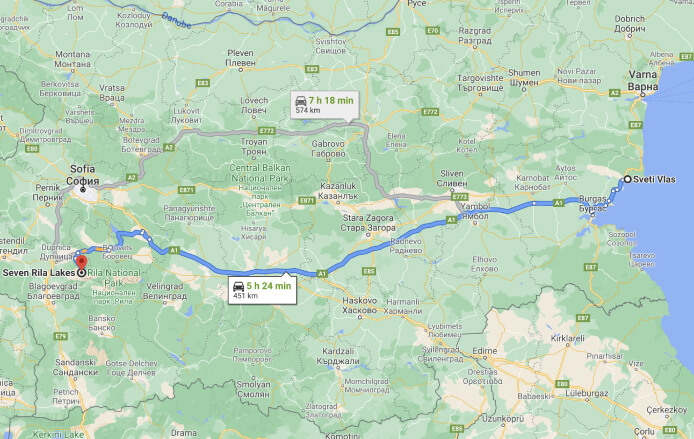
If you have time, you can make a stop in Plovdiv along the way and stroll through one of Bulgaria's oldest cities.
How to Get from Sofia?
By car, the trip takes about two hours.
If you plan to use public transport, you can check the bus schedule independently on the website - avtogari.info
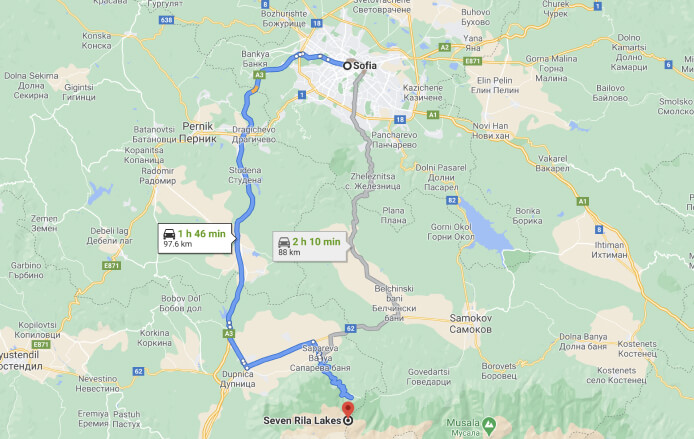
That’s all for today; we hope we’ve sparked your interest in visiting the stunning and untouched Rila Lakes in Bulgaria!


.jpg)

